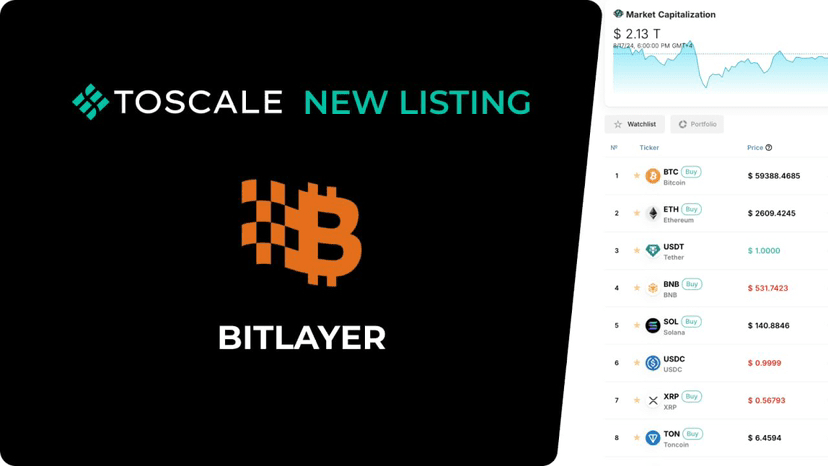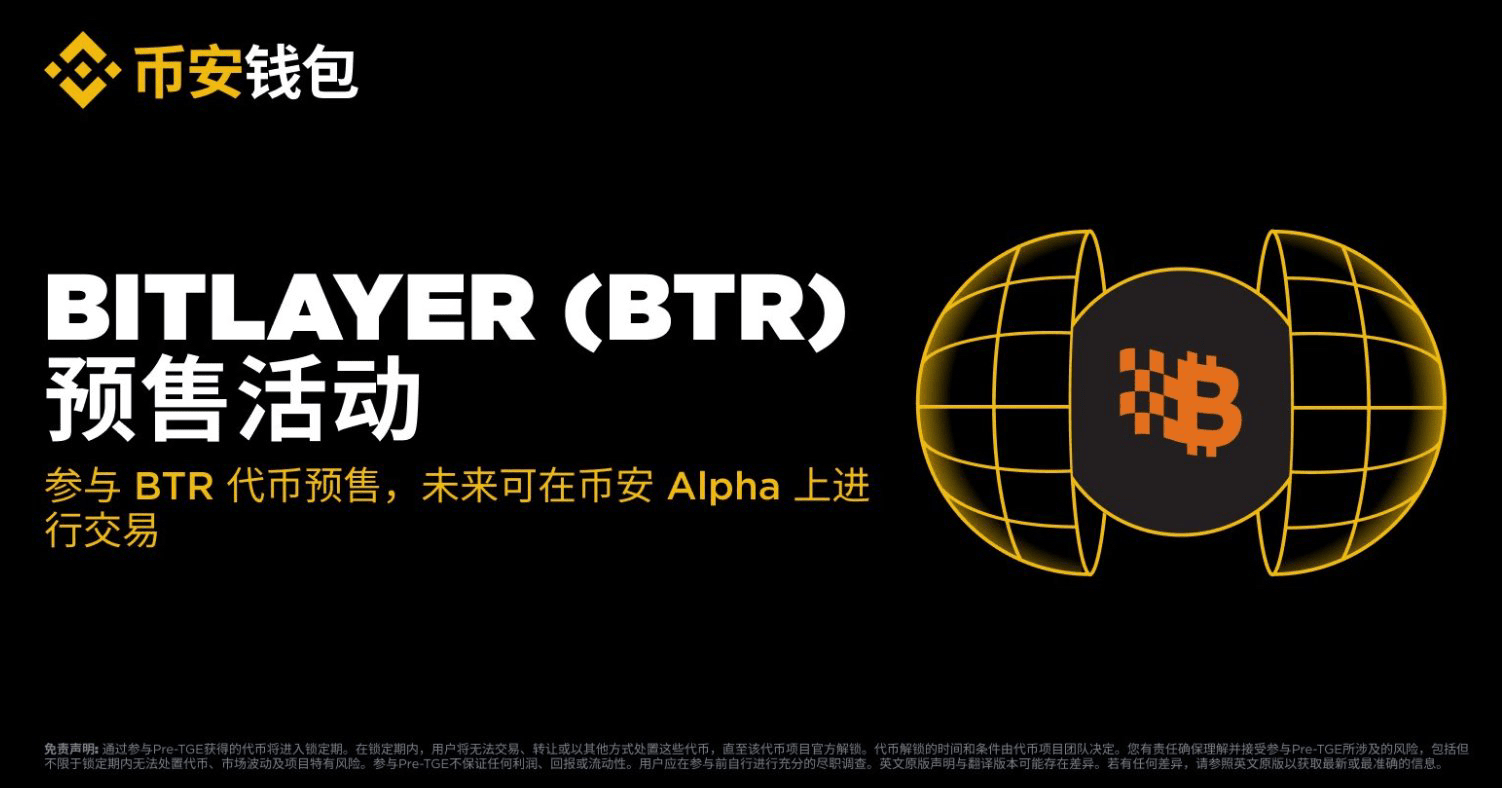When Bitcoin's functionality is no longer limited to value storage but becomes the underlying engine for smart contracts and DeFi applications, a new paradigm is expected to emerge in the BTC ecosystem. Bitlayer is currently the most representative driving force—it does not rely on sidechains or wrapped assets but directly builds programmable and cross-chain interoperable infrastructure for BTC. BTR, as the core token of this system, constitutes a core driver for ecosystem governance, network security, and fee mechanisms.
1️⃣ Technical aspects: BitVM Rollup and YBTC bridging mechanism
The core of the Bitlayer architecture is the BitVM Rollup. It introduces full EVM compatibility through a recursive Rollup verification mechanism, ensuring compliance with the BTC mainnet security trust model, thus enabling smart contract execution capabilities. This design breaks the previous limitation where BTC could not directly participate in complex on-chain logic, upgrading Bitcoin from a 'digital vault' to an asset that can be programmed and operated directly on-chain. Meanwhile, through the BitVM Bridge, BTC can be locked and issued as a mapped asset named YBTC, maintaining a 1:1 equivalence with the main chain and ensuring redemption pathways and minimum credit assumptions.
2️⃣ BTR token system and economic model
The total supply of the BTR token is set at 1 billion, serving the following main business functions:
Transaction fees and on-chain interaction fuel: Contract calls, cross-chain operations, etc., require payment in BTR to ensure that network operation directions are consistent with user behavior;
Node staking and network security: Participating in on-chain validation, block production, or layered consensus requires staking BTR, and incentivizing nodes to operate long-term and securely through a reward mechanism;
Governance rights and ecosystem incentives: Including proposal voting, control of ecosystem funds, and allocation of developer incentive pools.
Bitlayer launched the Booster airdrop (accounting for 3% of the total circulation) and Pre-TGE subscription (2%) in the early stages, combining lock-up periods and governance preheating arrangements to implement an ecological cold start strategy of 'encouraging use and holding.' This mechanism aims to lower the threshold for developers and users while ensuring the value of the network grows in synergy.

3️⃣ Differences and market advantages
Compared to other Bitcoin scaling solutions (such as Stacks and Rootstock), Bitlayer's advantages lie in its higher EVM compatibility and lower migration costs; compared to the wrapped asset bridging model, Bitlayer strengthens security and trust minimization; in terms of DeFi composability and BTC security coexistence, its structural logic is the clearest.
4️⃣ Application scenarios and trend capturing
The Bitlayer architecture supports various application scenarios:
BTC collateral lending and stablecoin issuance: YBTC can be used as collateral to increase BTC's utility in DeFi;
Cross-chain asset liquidity aggregation: Accessing Ethereum and other EVM ecosystems through YBTC;
RWA and derivatives business: BTC can participate in more financial structures as a foundational value-bearing asset;
Cross-chain financial infrastructure: Expected to become a key data and value channel between BTC and EVM.
As the demand for on-chain applications in the BTC market gradually expands, Bitlayer is likely to become a strategic channel connecting users and the DeFi ecosystem. The value of BTR is more likely to be gradually anchored with the depth of actual applications rather than relying on speculation or short-term air drops.
5️⃣ Risk assessment and considerations
Technical risks: BitVM and Rollup technology are still in the early stages of development, requiring technical follow-up and security audits for recursive proofs and state write-back stability;
Economic risks: The token unlocking curve and liquidity dynamics need to be monitored to avoid the selling pressure fluctuations caused by aggressive releases;
Regulatory risks: Scenarios involving BTC financialization and cross-border exchanges must face the ever-changing compliance environment;
Ecosystem risks: Continuous attraction of developers, projects, and funds is required; otherwise, network silence may affect the long-term liquidity of the token.
 #Bitlayer @BitlayerLabs
#Bitlayer @BitlayerLabs
